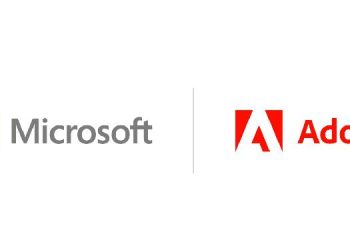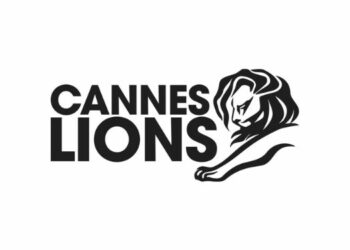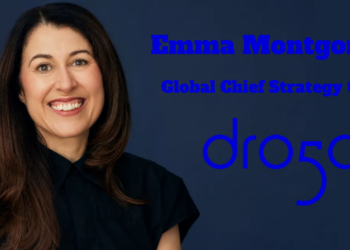
The Guardian, CNN International, Financial Times, Reuters and The Economist have banded together to form an advertising alliance they hope will have enough scale to take on the likes of Google, Facebook, Twitter and LinkedIn.
Dubbed Pangaea, the new programmatic advertising network will pool together the publishers’ collective audiences so advertisers can buy up advertising space across all of their websites in one transaction. Together, they will offer advertisers to 110 million readers worldwide.
Pangaea, incidentally, is the name of the continent that formed approximately 300 million years ago and began to break apart after around 100 million years when dinosaurs roamed the earth. We’re sure the irony was not lost on the media executives (particularly those from newspapers, which are often accused of being dinosaurs compared with their newer digital counterparts) when coming up with the name. Pangaea will launch in beta from April 2015, partnering with ad tech company Rubicon Project, which will act as the delivery platform.
On the “human” sales side, the Pangaea project will be managed by a central team from across all the publishers involved. But when it officially launches later this year, Pangaea will be managed by its own separate sales team.
In a press release, the Guardian, which is leading the project, says the benefit of using Pangaea isn’t just its scale but the premium nature of the publishers’ readers. One in four of the 110 million users across the Pangaea network are in top income segments, while one-fifth are csuite or senior management executives, The Guardian claims.
The partners involved will also share their first party data, which The Guardian says will offer advertisers a unique ability to understand this premium audience. When it comes to online advertising, scale is the name of the game. Alone, publishers like The Guardian (which has around 43 million monthly unique desktop users, according to comScore) find it difficult to compete with the likes of Facebook (which has around 1.4 billion monthly active users) when it comes to tempting advertisers to make their big digital advertising buys. Together, they can begin to close the gap and charge higher advertising rates, which are shared across the group.

















